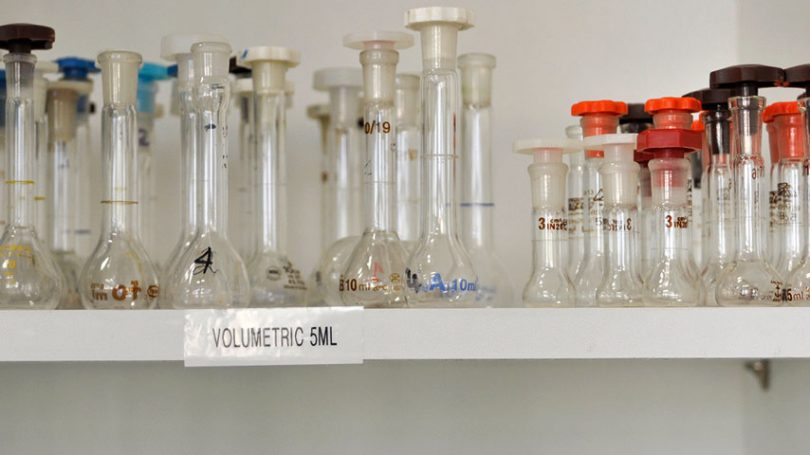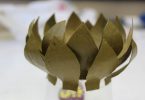Freely available indigenous fruits are a good resource for boosting your daily antioxidant intake.
This is according to researchers Daniela Kucich and Merrill Wicht, who recently conducted a study to determine if local indigenous fruits could provide an alternative source of antioxidants.
In the paper “South African indigenous fruits – Underutilized resource for boosting daily antioxidant intake among local indigent populations?” the researchers, who are based in the Department of Chemistry, argue that a large portion of the population live below the poverty line and are unable to consume the required amount of seven portions of fruit and vegetables a day.
“Advice on the importance of consuming a healthy, and at the same time affordable diet needs to be provided by suggesting alternatives among indigenous plants that are nutritionally superior to “exotic” fruits,” states the researchers.
As part of their study Kucich and Wicht focused on ten indigenous South African fruits, which included the wild plum, wild olive, colpoon, christmas berry, crossberry, waterberry, tortoise berry, bietou, num-num and the sour fig. The study saw them evaluate the antioxidant activity of the indigenous fruits and compare it with the popular Northern hemisphere blueberry and cranberry controls.
The study found that by introducing servings of as little as 25 g of wild plum, waterberry, num num or sour fig into the diet, the daily antioxidant intake can be boosted to within an acceptable range to support health. With wild plum giving the highest Antioxidant Potency Composite index, blueberry and cranberry ranked 4th and 8th, respectively.
The study found that all the indigenous fruits are being used by communities for various purposes, such as treatment of ailments or for the production of beverages. Others, such as the sour fig which ranked 12th in the study, is sold in open markets as dried figs or used for the production of jam.
“As the results show, freely available indigenous fruits that have been traditionally used by rural peoples in South Africa have relatively high levels of antioxidant capacity and, therefore, constitute an untapped resource that deserves to be promoted more extensively in the community by health educators,” says Kucich and Wicht.
“As affordable, yet nutritionally superior alternatives to the relatively expensive “exotic” fruits, these could help in diversifying monotonous diets.”







